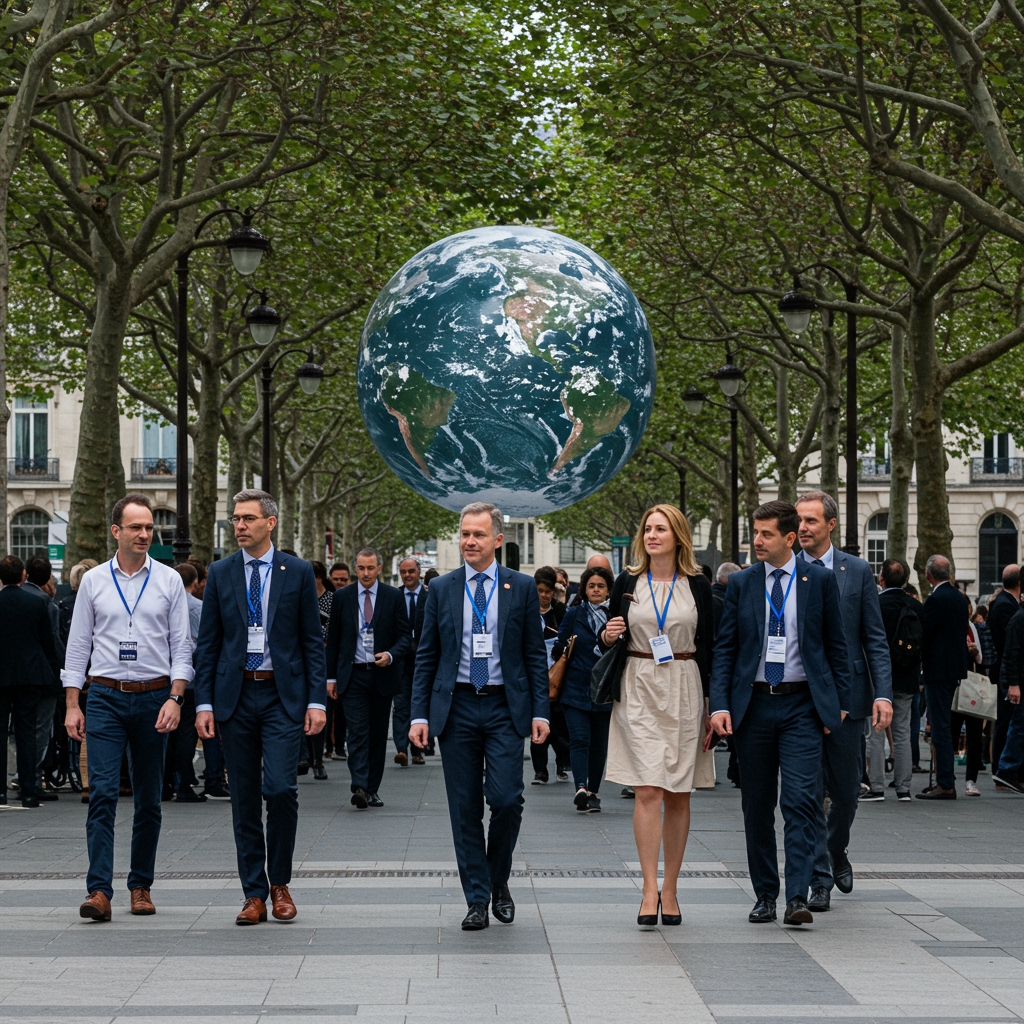NASA Issues Alert for Close Asteroid Encounters
NASA is keeping a close watch on two significant asteroids that are set to pass by Earth on August 8, 2025. The space agency has issued an alert regarding these celestial visitors, identified as (2025 OJ1) and (2019 CO1). While these upcoming events are not categorized as an immediate collision risk, the sheer size and velocity of these near-Earth objects (NEOs) have captured the attention of the astronomical community and underscore the importance of continuous space monitoring.
Details of the Approaching Asteroids
The first asteroid, designated (2025 OJ1), is a substantial celestial body measuring approximately 300 feet in diameter. This impressive size makes it comparable to a large sports stadium or a significant portion of a skyscraper. On August 8, 2025, (2025 OJ1) is projected to make its closest approach to Earth, passing at a distance of roughly 3.2 million miles. To put this into perspective, this distance is more than thirteen times the distance from the Earth to the Moon, highlighting that while “close” in astronomical terms, it poses no threat of impact.
The second object, (2019 CO1), is also of considerable size, estimated to be about 200 feet wide. This asteroid will follow a similar trajectory, flying by Earth at an approximate distance of 4.24 million miles on the same day, August 8, 2025. This pass is further away than that of (2025 OJ1), ensuring an even greater margin of safety. The dual flybys are a reminder of the dynamic nature of our solar system and the constant presence of objects traversing its vast expanse.
Ongoing Monitoring and Public Safety
NASA’s commitment to understanding and mitigating potential threats from space is demonstrated through its robust monitoring systems. These sophisticated networks are designed to detect, track, and analyze thousands of near-Earth objects, including asteroids and comets. The agency’s continuous surveillance plays a critical role in ensuring public safety by providing early warnings and detailed information about any objects that might pose a future risk.
The size and speed of asteroids like (2025 OJ1) and (2019 CO1) are precisely the kinds of characteristics that astronomers scrutinize. While these particular encounters are well within safe parameters, the data gathered from tracking them contributes to a larger understanding of asteroid populations, their orbital mechanics, and the potential for future interactions with our planet. Such events, though not dangerous in this instance, serve as important opportunities for scientific research and for refining the technologies and strategies used to protect Earth from potential impacts.
The Broader Context of Space Events
These asteroid flybys, while not among the headline-grabbing space events or festivals that capture public imagination, are significant in the context of ongoing astronomical observation. They represent the quieter, yet crucial, work of scientific institutions like NASA in safeguarding our planet. In a world often focused on major global events, trending news, or even major concerts and major podcasts, the consistent, diligent monitoring of the cosmos by scientists is a foundational element of long-term security.
While headlines might sometimes sensationalize the proximity of asteroids, it is essential to rely on the scientific assessments provided by agencies like NASA. The current information indicates no cause for alarm regarding the August 8, 2025, flybys. Instead, these events highlight NASA’s proactive approach to planetary defense, a field that is increasingly vital as our ability to observe the universe grows. The agency’s dedication to tracking these and countless other space objects ensures that humanity is well-prepared for any potential celestial challenges, maintaining a constant vigil for the safety and future of life on Earth. There are no major political event news that directly relates to this, but the scientific endeavor is paramount.





